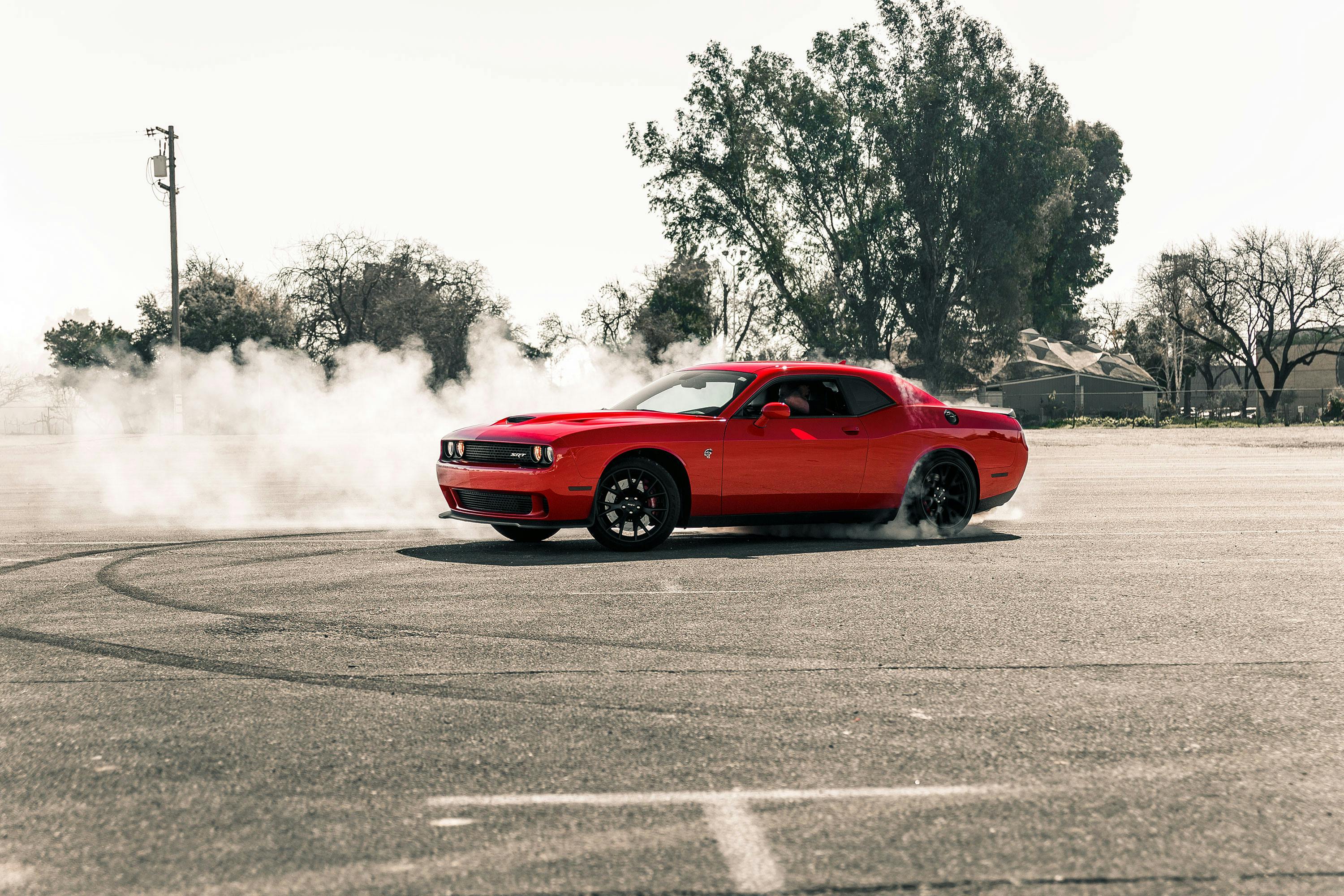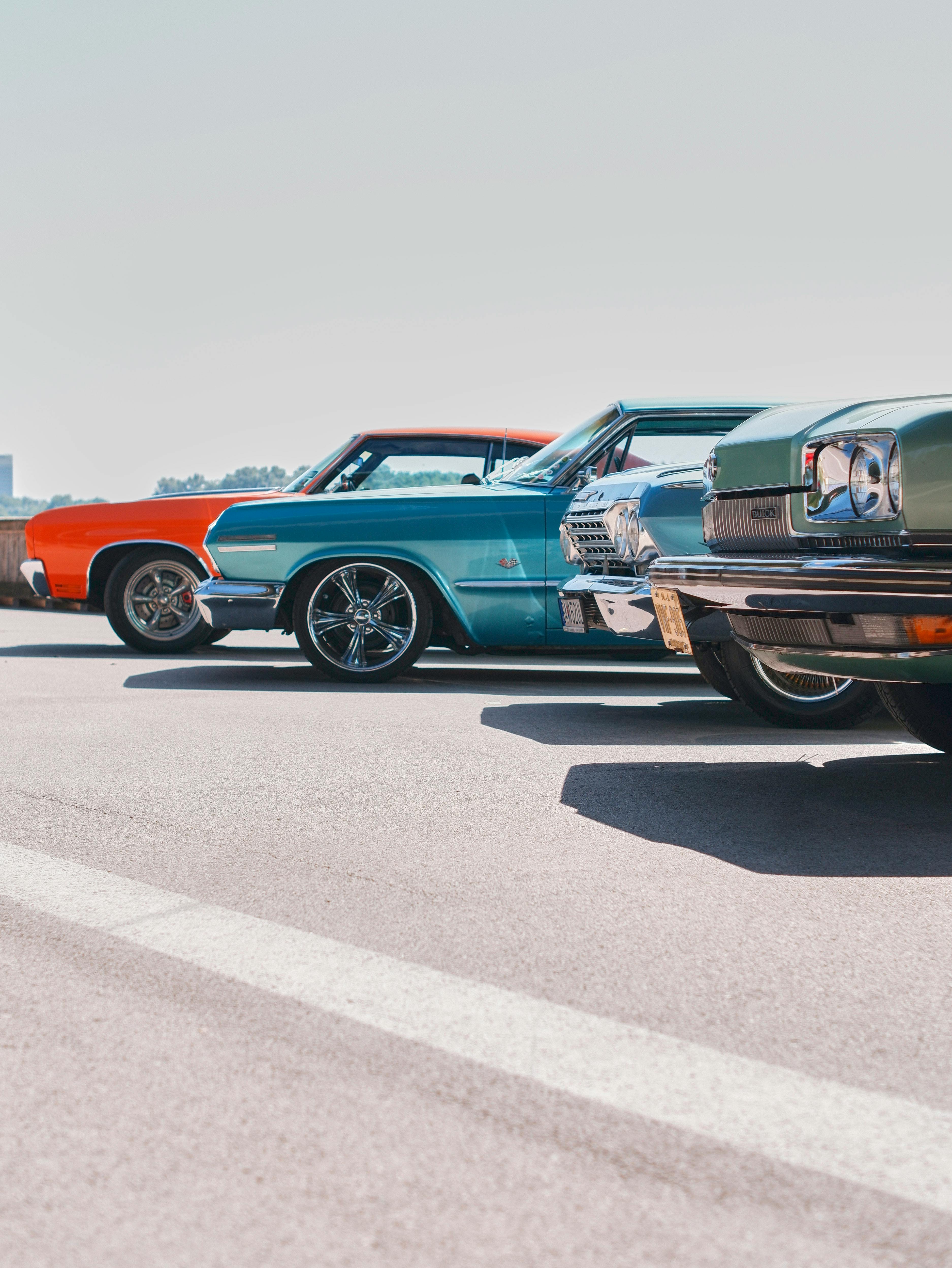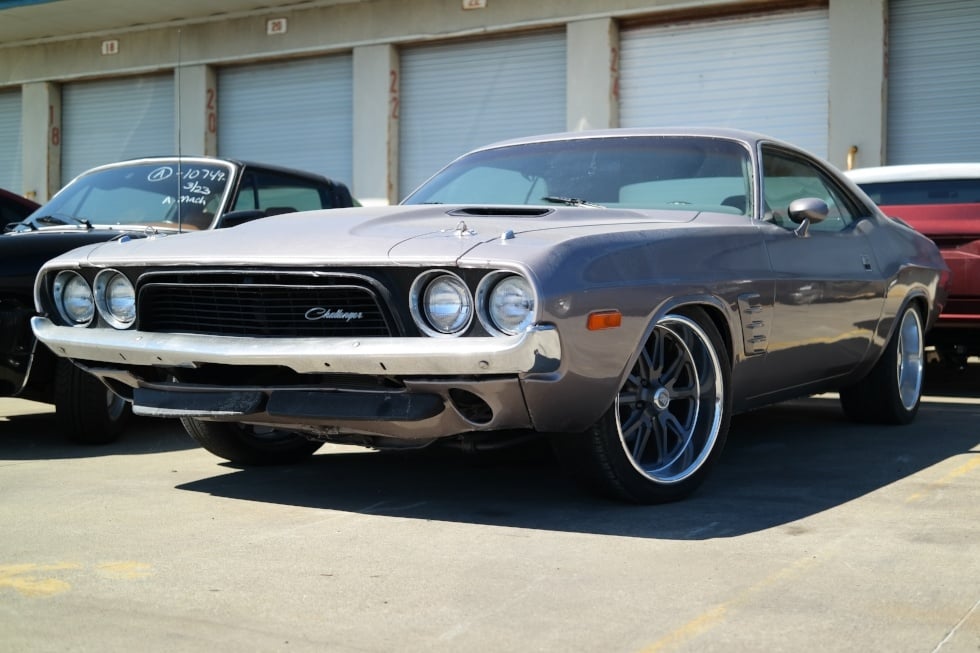European Cars vs American Muscle: The Difference
Precision‐engineered European cars and rumbling American muscle legends could not be more different in design philosophy, driving feel, and ownership culture. This in-depth comparison unpacks what truly separates the continents’ automotive icons and why knowing the difference matters for collectors, importers, and everyday drivers considering a trans-Atlantic upgrade.
Article Outline
-
What Defines a European Car’s Design Philosophy?
-
How Does American Muscle Design Contrast With European Precision?
-
Which Engineering Choices Create the Biggest Difference in Driving Feel?
-
Why Do European Cars Prioritize Handling While American Muscle Focuses on Straight-Line Speed?
-
How Do Cost and Accessibility Shape Each Region’s Buyer Experience?
-
What Role Does Technology Play in European Luxury vs. Raw American Power?
-
How Do Cultural Roads and City Sizes Influence Vehicle Dimensions?
-
Which Brands Best Represent Each Philosophy—BMW and Ferrari vs. Ford Mustang and Chevrolet Camaro?
-
How Does the Global Import Market Treat European Exotics vs. American Muscle?
-
Why Partner With West Coast Shipping to Move Any Car Across the Atlantic?
1. What Defines a European Car’s Design Philosophy?
European manufacturers embrace precision engineering and balanced proportions. Brands like BMW, Audi, and Mercedes-Benz emphasize aerodynamic lines, “form follows function” styling, and lightweight construction that improves handling on narrow city streets and Alpine passes. Interior comfort and high-quality materials—leather, real metal switchgear, and tactile controls—reinforce the continent’s attention to detail.
Many European cars also integrate advanced technology early: variable-valve engines, dual-clutch gearboxes, and adaptive suspension appeared years before they were common stateside. The result is a vehicle that rewards finesse rather than brute force, delivering a composed driving experience through tight turns and long highway stretches on unrestricted German Autobahns.
2. How Does American Muscle Design Contrast With European Precision?
An American muscle car celebrates straight-line dominance. Think broad shoulders, eye-catching scoops, and loud exhausts. Models such as the Ford Mustang and Chevrolet Camaro—spotlighted in our Most Popular American Classic Muscle Cars Overseas—feature long hoods hiding big-block V8 engines that deliver towering horsepower and a visceral soundtrack.
The bodywork favors aggressive edges over subtle curves, shouting for attention at cruise nights and drag strips alike. Interiors historically focused on durability and affordable mass production rather than intricate craftsmanship, making muscle cars accessible to blue-collar buyers since the 1960s.
3. Which Engineering Choices Create the Biggest Difference in Driving Feel?
European chassis tuning leans on fully independent suspensions, short gear ratios, and turbocharged engines matched to razor-sharp steering racks. This combination yields rapid turn-in response and stability during high-speed cornering—crucial on twisting European back-roads.
Conversely, traditional American car engineering marshals a solid rear axle, v8 torque, and long gearing. These choices maximize straight-line acceleration and durability but trade some finesse in hairpins. Modern redesigns, like the 2005 retro Mustang covered in our Retro Renaissance analysis, add independent rear suspensions, but the core DNA remains “point it and floor it.”
4. Why Do European Cars Prioritize Handling While American Muscle Focuses on Straight-Line Speed?
Geography shapes engineering. Historic European cities feature compact streets and mountain passes; agile machines excel. In contrast, wide American highways and long, straight Midwestern roads favor maximum top-end speed. Racing heritage also sets priorities: Europe birthed Formula 1 and endurance circuits, whereas America’s drag strips and oval tracks forged the muscle-car identity.
These conditions produced two philosophies: European automakers chase consistent lap times and everyday refinement; Detroit’s finest pursue quarter-mile glory and road-trip ease with roomy cabins and plush suspension for faded interstates.
5. How Do Cost and Accessibility Shape Each Region’s Buyer Experience?
Many European vehicles arrive with premium price tags, reflecting import taxes, rigorous engineering, and high-end materials. Maintenance can also cost more due to specialized parts. Yet they offer top resale value and prestige.
An American muscle car traditionally costs less to buy and repair—shared parts across Dodge, Chevrolet, and Ford lower total outlay. This affordability broadened the muscle-car audience domestically and abroad, driving a surge in exports detailed in our Surge in American Car Imports.
6. What Role Does Technology Play in European Luxury vs. Raw American Power?
European manufacturers push cutting-edge driver aids—lane assist, adaptive cruise, mild-hybrid powertrains—years before adoption elsewhere. Porsche and Ferrari deploy sophisticated aero and active damping to balance ride comfort with track capability.
By comparison, American muscle leans on proven hardware: superchargers, larger displacement, and straightforward infotainment. While modern Camaros and Dodges carry tech like launch control, the main draw remains raw power and mechanical simplicity, prioritizing easy aftermarket tuning over factory embedded software.
7. How Do Cultural Roads and City Sizes Influence Vehicle Dimensions?
European streets and parking garages were built centuries ago; compact footprints improve maneuverability and efficiency. Hence even European luxury sedans remain narrower than a typical U.S. truck.
America’s infrastructure favors bigger footprints—full-size pickups outsell everything else. Interiors boast roomy dimensions and large cup-holders designed for long road trips. The contrast in daily driving conditions explains the difference in width, ground clearance, and curb weight between continents’ offerings.
8. Which Brands Best Represent Each Philosophy?
-
Europe’s icons: BMW 3-Series (balanced daily sports sedan), Porsche 911 (precision rear-engine masterpiece), Aston Martin grand tourers (hand-built luxury), and Ferrari V8 exotics (race-bred).
-
America’s hallmarks: Ford Mustang and Chevrolet Camaro (affordable pony cars), Dodge Challenger (muscle car heavyweight with retro flair), and full-size pickups that share engineering DNA with drag-strip heroes.
These exemplars distill brand DNA—unique, instantly recognizable design elements that reflect continental priorities.
9. How Does the Global Import Market Treat European Exotics vs. American Muscle?
European prestige models fetch premiums in the U.S. due to brand cachet and limited allocations, yet maintenance scares some buyers. Meanwhile, overseas collectors covet U.S. muscle cars for rarity and cinematic fame.
Our European Muscle Car Shows logistics guide illustrates container vs. air-freight strategies. In reverse, shipping a European car into the U.S. often benefits from the 25-year exemption, letting enthusiasts legally import cult classics without costly federalization.
10. Why Partner With West Coast Shipping to Move Any Car Across the Atlantic?
Whether you own a meticulously restored BMW E30 M3 or a supercharged Chevrolet Camaro ZL1, West Coast Shipping offers:
-
Shared-container options that cut cost while protecting paint under sealed steel walls.
-
Door-to-door logistics, handling inland haulage, customs paperwork, and foreign homologation.
-
Expertise navigating age-based duty breaks for classic imports and EPA/DOT compliance for newer builds.
Our team has safely moved thousands of vehicles—European and American—helping clients overcome regulatory differences between European and American standards for lighting, emissions, and crash regulations.
Key Points to Remember
-
European car design prizes sleek aerodynamics, lightweight chassis, and cutting-edge technology for agile handling.
-
An American muscle car emphasizes bold styling, v8 torque, and straight-line raw power at an affordable price.
-
Road infrastructure, cultural tastes, and racing heritage shaped each region’s automotive ethos.
-
European exotics command high premiums abroad, but U.S. buyers gain from the 25-year import rule when bringing them stateside.
-
American muscle’s cinematic fame fuels international demand; container shipping safeguards these iconic coupes overseas.
-
West Coast Shipping simplifies trans-Atlantic moves, offering compliance guidance, shared containers, and white-glove service for every vehicle.
Get Your Trans-Atlantic Car Shipping Quote
Ready to move your European car or American muscle car across the ocean? Use our instant calculator below to compare routes, rates, and container options—then let our team handle the rest so you can simply enjoy the drive.
You May Also Like
These Related Stories

History of American Muscle Cars: Origins, Golden Age & Modern Era

The Golden Age of American Muscle Cars (1964–1973): Power & Legacy

-093789-edited.png?width=220&height=79&name=wcs_final_logo_(1)-093789-edited.png)
